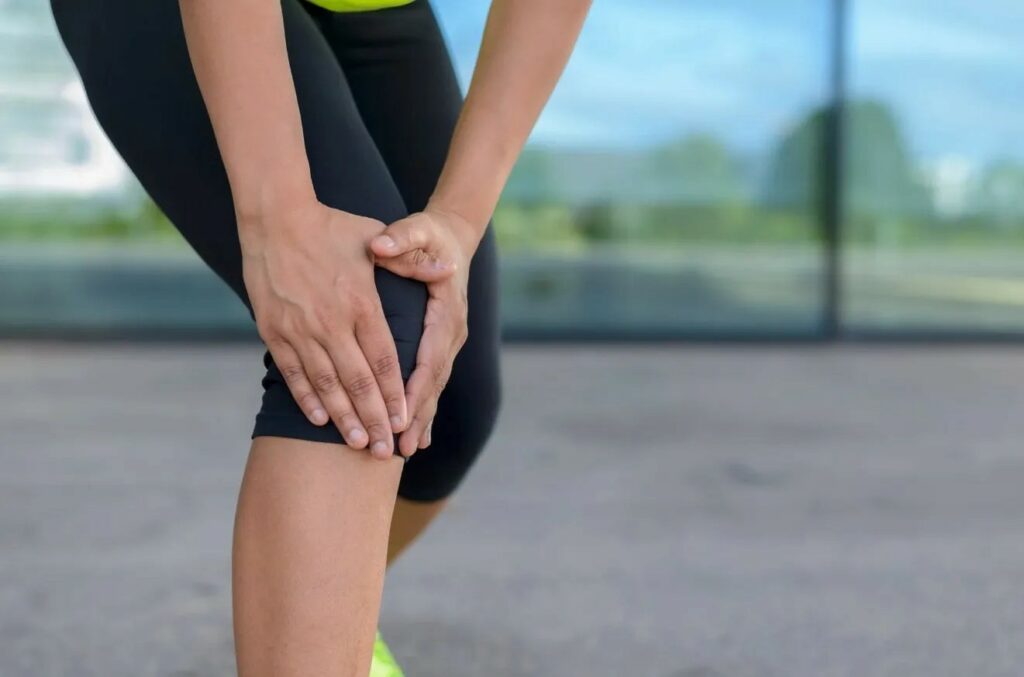During the monsoon season, many individuals experience intensified joint and muscle pain as the weather turns colder and more humid. This discomfort can arise from a variety of factors, both external and internal, with weather changes playing a significant role. For some individuals, particularly those with conditions like arthritis, joint pain can be directly linked to fluctuations in weather conditions.
Weather-Induced Joint Pain
The monsoon season brings significant shifts in weather patterns, characterized by increased humidity and temperature changes. These atmospheric changes can lead to stiffness and swelling in joints and muscles, particularly affecting individuals with conditions such as osteoarthritis, arthritis, gout, bursitis, or rheumatoid arthritis. Doctors advise individuals to manage indoor humidity levels using dehumidifiers or exhaust fans to mitigate these effects.
Increased Exposure to Allergens
Monsoon weather often leads to increased airborne allergens such as pollen, dust particles, chemicals, mites, and mold spores. These allergens can exacerbate joint inflammation and discomfort, adding to the challenges faced by individuals already prone to joint pain during this season.
Dietary Changes
Shifts in dietary habits during the monsoon, often towards starchy and high-carbohydrate foods, can contribute to inflammation and aggravate joint pain. Doctors recommends opting for foods rich in antioxidants and anti-inflammatory properties to counteract these effects and support joint health.
Lack of Physical Activity
Reduced outdoor activity due to rainy conditions can lead to joint stiffness and reduced mobility. Doctors emphasize the importance of regular exercise to maintain joint health, recommending at least 30 to 40 minutes of physical activity daily despite the weather challenges.
Poor Posture
Humid conditions and limited mobility can encourage poor posture habits indoors, such as prolonged sitting or improper ergonomics while working or watching television. These habits place additional strain on joints, potentially exacerbating joint pain and stiffness.
Managing joint pain during the monsoon season requires a proactive approach, including maintaining indoor humidity levels, avoiding allergen exposure, adopting a balanced diet, staying physically active, and practicing good posture habits. These measures can significantly alleviate discomfort and support overall joint health during this challenging weather period.
Conclusion: Always consult with your doctor or a healthcare professional before making significant dietary changes for joint health. They can provide personalized guidance based on your medical history and current health status.
